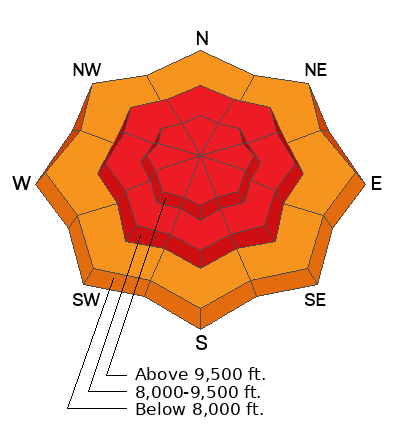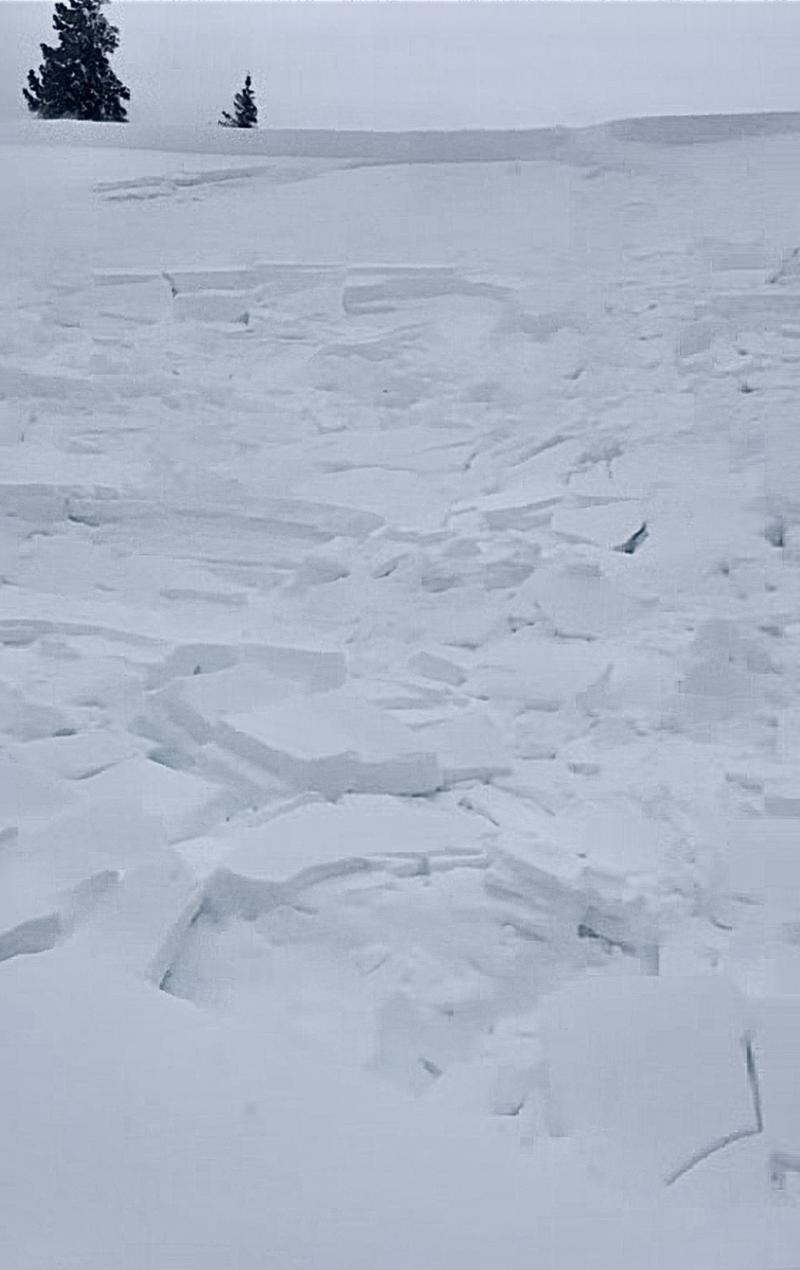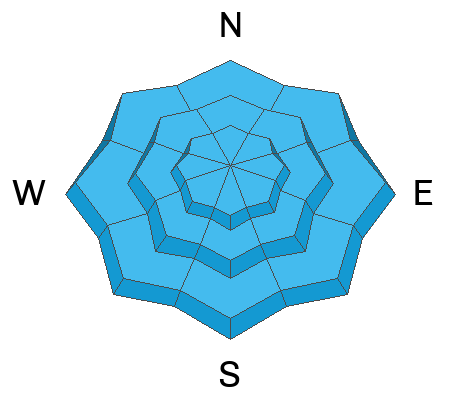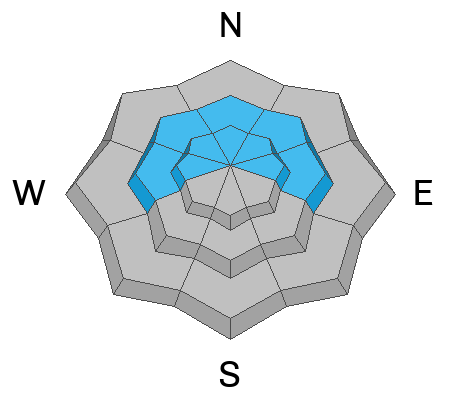Forecast for the Skyline Area Mountains

Issued by Brett Kobernik on
Thursday morning, February 8, 2024
Thursday morning, February 8, 2024
The avalanche danger has reached HIGH on the Skyline.
Natural and human triggered avalanches released on Wednesday.
Human triggered avalanches are almost certain today.
Avoid all avalanche terrain today.

Low
Moderate
Considerable
High
Extreme
Learn how to read the forecast here









